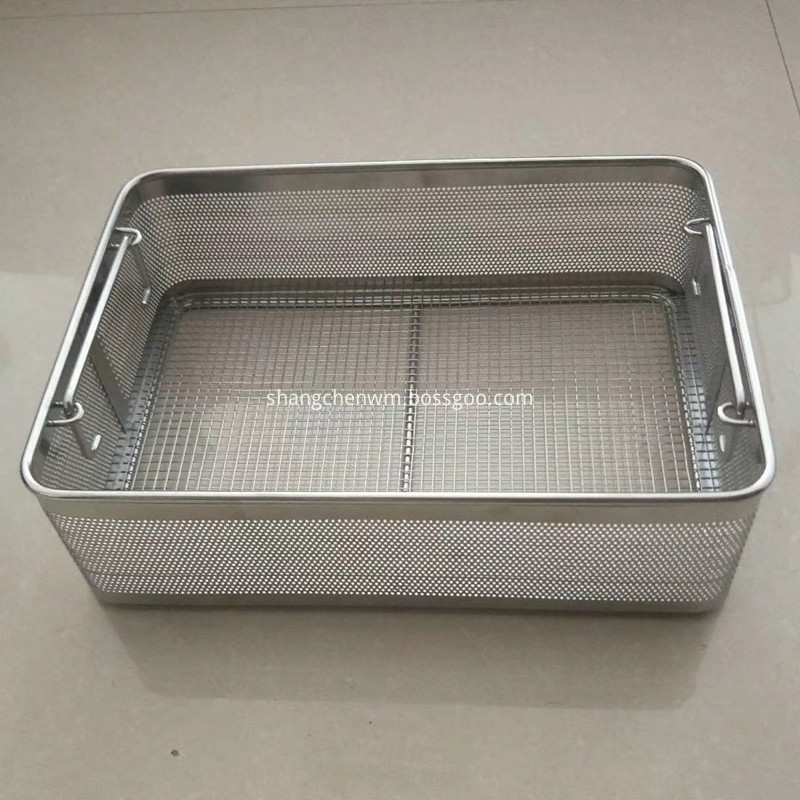[High-quality and high-yield vegetables should be scientifically applied boron fertilizer] Boron is not only an indispensable trace element in crops such as grain, oil and cotton, and most vegetables are also indispensable. For example, if the celery is newly cultivated, it is generally difficult to grow well. The main reason is the lack of boron. Supplementation of boron fertilizer is necessary to increase vegetable yield and improve vegetable quality.
The main symptoms of boron deficiency in vegetables are that the growth point shrinks and dies, forming a dead top phenomenon, and the leaves shrink and deform. It is especially evident in leafy vegetables such as Chinese cabbage, edible beets, and lettuce. Second, the stems and petioles are short, thick, cracked, and brittle. Stem splitting of celery, dry hard cracking of inner leaves of Chinese cabbage, hardening of main veins of tomato petiole, brittleness of tubular leaves of onion, cracking of heart of stems of cabbage or broccoli. The third is flowers and not real. Soybean lacks boron flowers is small and small, not even flowering; Chinese cabbage, cabbage, broccoli and other planting plants are not real. The fourth is the pulp and peel skin necrosis. When the corn is deficient in boron, the upper leaves are white with transparent stripes, the growth point is inhibited, the heading is blocked, the ear is short and curved, deformed, and the top grain is empty. When the cucumber is deficient in boron, the fruit center is corked and the peel is longitudinally cracked. There are necrotic rust spots on the surface of tomato fruit, and soybean pods are few and deformed.
The reason for the lack of boron in vegetables is that the consumption of boron fertilizer in the soil is large, the greenhouse and greenhouse are widely used, the multi-cropping index is high, the annual utilization rate is high, the yield is high, and the boron nutrition in the soil is taken away during the growth process. If boron fertilizer is not replenished in time, boron deficiency will occur. Second, the vegetable crop itself has a large demand for boron fertilizer. It is determined that the dry matter of roots and tubers has the highest boron content, 8-20 times higher than that of wheat crops, 5-10 times higher than corn, and the boron content of leafy vegetables is 2~4 times higher than that of gramineous crops. Fruits and vegetables require more boron than leaf vegetables. Moreover, most vegetable crops have high insoluble boron content and low utilization rate. Thirdly, a large number of chemical fertilizers have been applied in many vegetable fields. The application rate of organic fertilizers has gradually decreased, resulting in low effective boron content. Especially in the field of rice fields changed to vegetable fields, the symptoms of boron deficiency are obvious. The main reason is that organic fertilizer application is not much. The reason. Excessive application of phosphorus and potassium fertilizers, nutritional imbalances, and changes in soil moisture conditions will also affect the absorption and utilization of boron.
Vegetable Boron Fertilizer Application Method The boron fertilizer suitable for vegetable crop application includes borax, boric acid, boron-containing superphosphate, boron carbonate, boron gypsum, boehmite, boron mud and the like. 1. As a base fertilizer. Base fertilizer application is best on moderately or severely boron-deficient soils. Use 0.5~0.75kg of borax per mu, mix it with dry fine soil or organic fertilizer, or mix it with fertilizer such as NPK. Avoid contact with seeds (live) or seedlings (transplanting) with boron fertilizer to avoid affecting the growth of germination, seedling roots and seedlings. It is not suitable for deep sowing or spreading. The dosage should not be too large. The application per mu should not exceed 2.5 kg, otherwise it will reduce the emergence rate and even dead seedlings. 2. Soaking seeds. It is advisable to use borax or boric acid for soaking, first dissolve the borax with hot water of 40 °C, then dilute it with cold water to 0.01%~0.03%, pour the seeds into the solution, soak for 6~8 hours, the liquid ratio is 1:1, It can be sown after drying. 3. Foliar spray. Master the spraying period, such as the solanaceous vegetables in the late seedling stage, the rosette stage and the initial flowering stage; the cabbages are sprayed 2~3 times in the late seedling stage, the rosette stage and the early stage of the ball formation; the root vegetables are grown in the late stage to the roots. Spray 2 times; leafy vegetables spray 2~3 times in the late stage of seedling to the prosperous period. The concentration is sprayed evenly with 0.1%~0.2% “Querle Boron†aqueous solution until the leaves are fully wetted. Foliar spray is better in the afternoon or evening. Spray the foliar fertilizer droplets to be fine, let the leaves be covered with mist, if it rains 6 hours after spraying. It should be re-sprayed once.
Disclaimer: Some articles on this website are transferred from the Internet. If legal rights of third parties are involved, please inform this website. phone
Metal Basket
Metal Basket
The metal basket including stainless steel basket, galvanized basket, powder coated basket, etc. In general, our baskets be Welded Wire Mesh, weave Stainless Steel Wire Mesh, Perforated Metal sheet and Expanded Metal mesh furthur processing. These wire mesh can be cutting, welded, bending to be basket series.
Using of metal basket : sterilizing of hospital, hotel, family, supermarket, catering, etc.
The advantages of metal basket :
surface smooth
rust-free
corrosion-resistant
non-toxic
sanitary
environmental protection

Metal Basket,Stainless Steel Basket,Drying Basket,Basket Series,Wire Storage Basket
ANPING COUNTY SHANGCHEN WIREMESH PRODUCTS CO.,LTD , https://www.scwpwiremesh.com